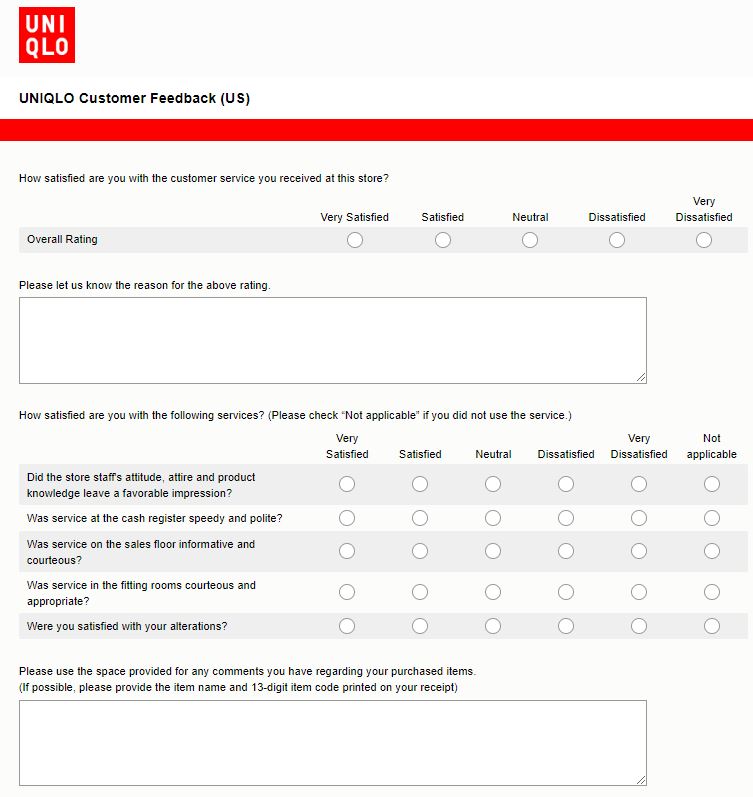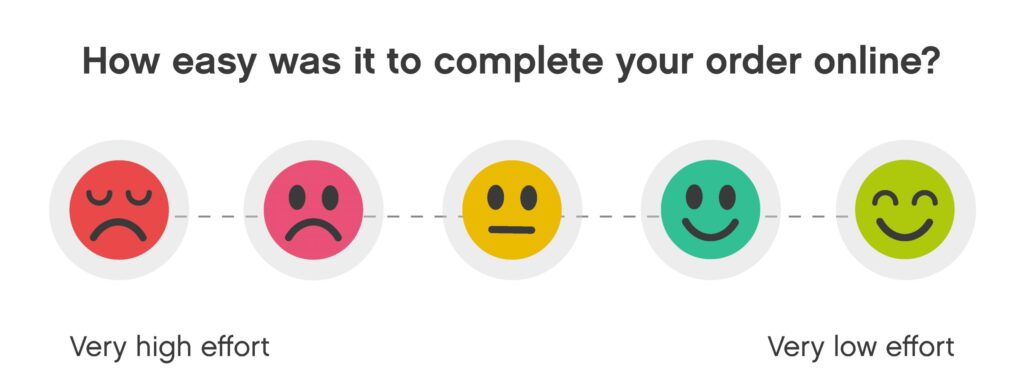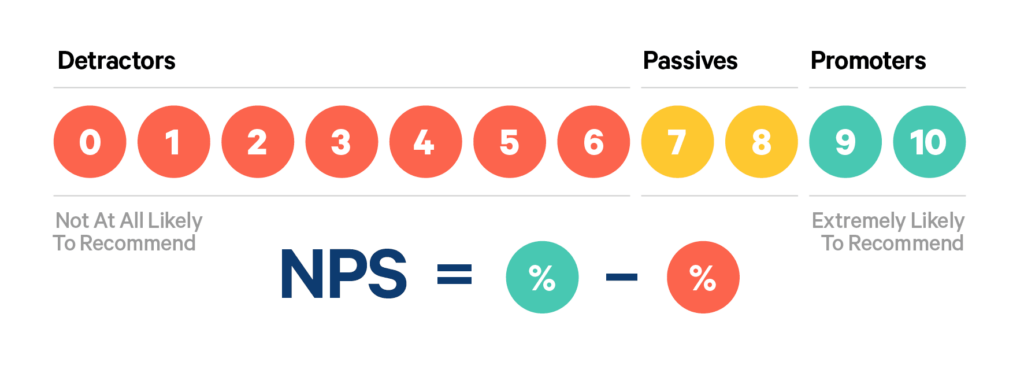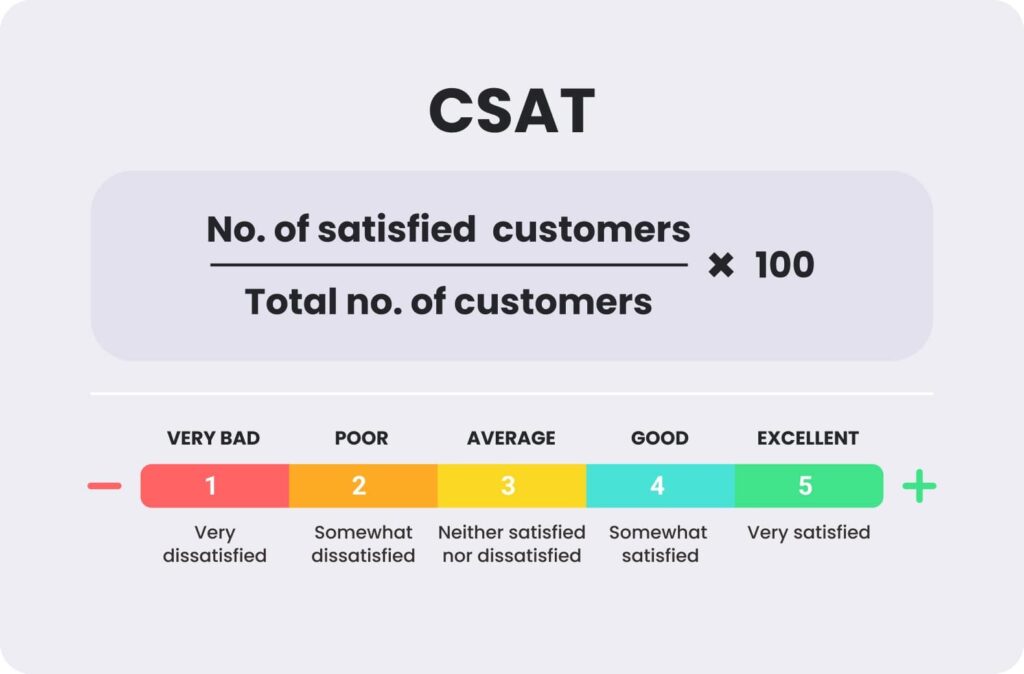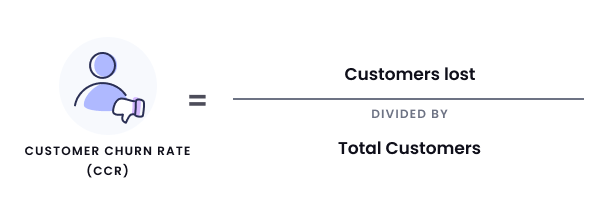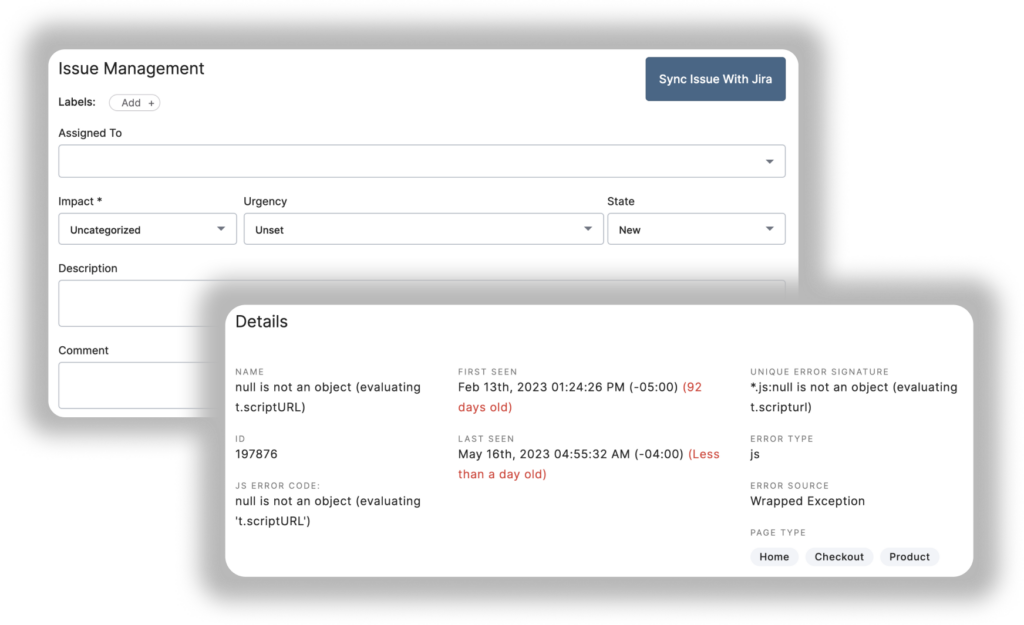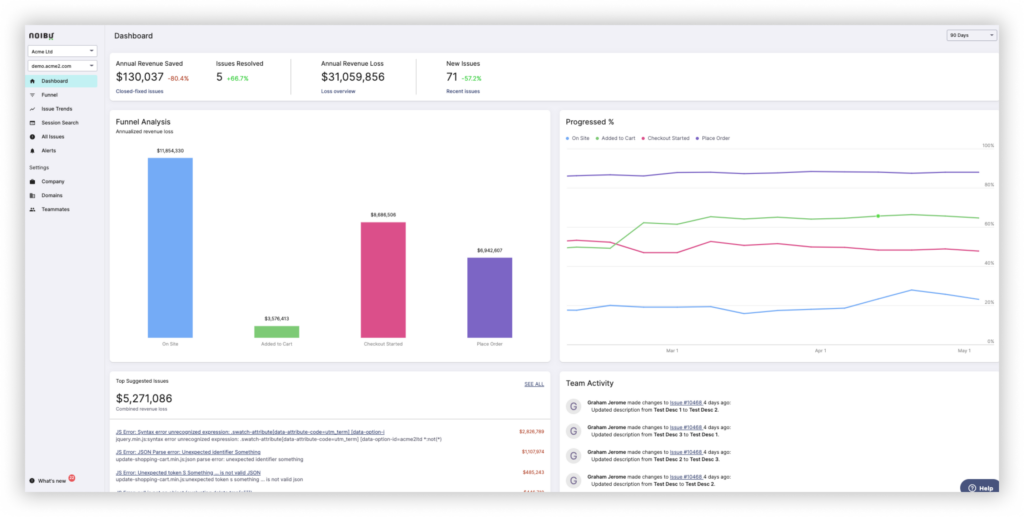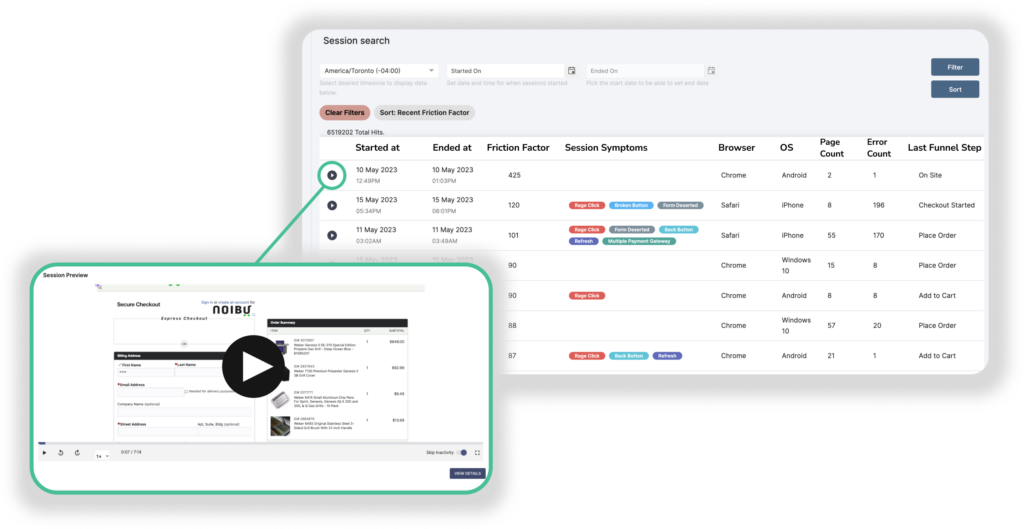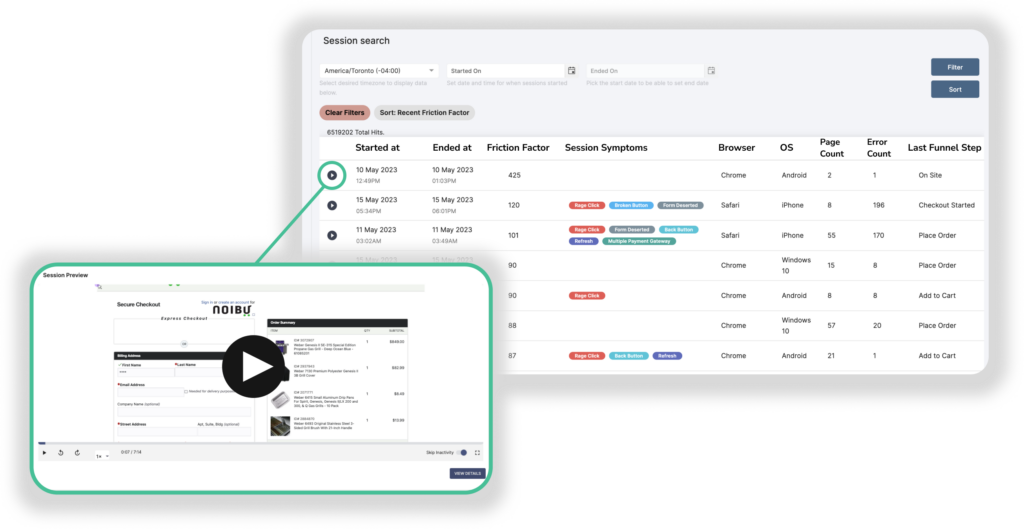Consumer data is a powerful tool. We can use it to personalize experiences and optimize user journeys through our eCommerce sites, but we have to make sure we’re complying with privacy legislation at the same time, whether that be CCPA, GDPR, or any other.
On the latest episode of The eCommerce Toolbox: Expert Perspectives podcast, host Kailin Noivo is joined by Susie Benson, Head of eCommerce EMEA at Fitbit. Together, they delve into the intricate balance of capturing quality user data and optimizing your offerings while complying with privacy legislation.
Collecting User Data
Susie’s wealth of experience comes from experience across banking, telecoms, and eCommerce. She has learned about the value of collecting and leveraging consumer data in these three industries.
Data is vital for advising your strategies, but it’s only worth as much as its quality. You shouldn’t just grab whatever you can.
Ensuring consumer data is protected and used in compliance with regulations, particularly in high-stakes industries like banking, is equally important. Consumers expect this protection in such instances, but they also understand that much of their data will be collected. After all, you can’t apply for a credit card without giving over at least some data.
In other industries, consumers will be more reluctant to share their data, so businesses must be creative in asking for it. Susie advises making the data capture as relevant as possible, avoiding taking away from the flow of the user journey.
Compliance with Legislations
Working in Europe, Susie’s team has to be very conservative around GDPR, ensuring they are ticking every relevant box when capturing and utilizing consumer data.
Balancing optimizing the user experience and compliance is challenging but achievable. In fact, the transparency that comes from compliance can even boost the user’s experience. For Susie, the key is keeping it as relevant to the customer as possible, for example, capturing emails by asking if you can keep the customer up to date with exclusive offers and rewards.

The Importance of UX
In eCommerce, delivering quality user experiences is paramount. Thus, Susie advises keeping your website simple. Logging into a site and being overwhelmed with competing buttons and graphics complicates your users’ journeys. Instead, eCommerce brands should focus on clear navigation that allows customers to do exactly what they want within their journey.
Keeping a concise journey and clear navigation helps to ensure that any data capture points will be relevant to the customers, so it’s a win-win for everyone.

Listen to the Full Episode Below!
Tune in to this episode of The eCommerce Toolbox: Expert Perspectives with Susie Benson to learn more about the intricate balance of leveraging data capture and complying with privacy legislation.
👉 Apple: https://apple.co/48LnpfJ
👉 Spotify: https://bit.ly/4995I9V
Susie Benson is the driving force behind Fitbit’s eCommerce strategy across the EMEA region. As the Head of eCommerce EMEA at Fitbit, now part of Google, Susie is revolutionizing digital retail in the wellness and technology sector. Prior to joining Fitbit, Susie was the Digital Commerce Manager at Three Ireland, winning the Best Digital Campaign 2018 at Retail Excellence Ireland.



